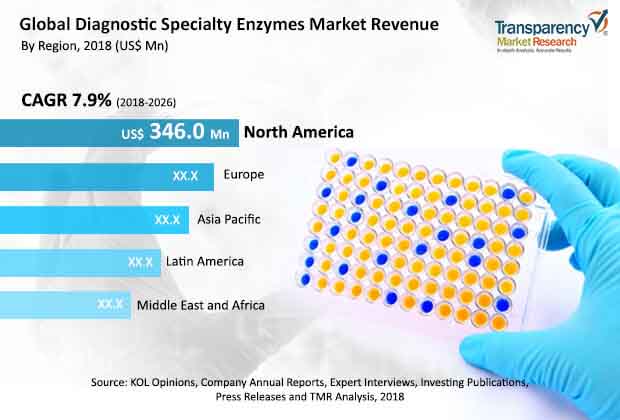Agricultural Enzymes Market Overview
Agricultural Enzymes are the necessary bioactive proteins in preserving soil health and its environment. When Agricultural Enzymes are applied to the soil, billions of chemical reactions begin to take place immediately. In the process they detoxify soils that have been poisoned by excessive applications of chemical fertilizers, herbicides, and pesticides, neutralize both acid and alkaline soils, loosen heavy clay soils, and even penetrate hardpan.
Competitive analysis
The major players in the Agricultural Enzymes Market Trends
- Bayer Cropscience AG (Germany)
- Monsanto Company (U.S.)
- DuPont (U.S.)
- Syngenta AG (Switzerland)
- BASF (Germany)
- Novozymes A/S (Denmark)
- Koninklijke DSM N.V. (The Netherlands)
Market Forecast
Agricultural Enzymes help in improving fertility, crop protection, and plant growth regulation. Increasing population and growing demand for food have led to high agricultural productivity which is driving the growth of the Agricultural Enzymes market. Moreover, rising demand for natural and organic food followed by increasing awareness towards hazardous properties of pesticides and other chemicals used in agricultural have raised the demand for Agricultural Enzymes over past few years.
Growing acceptance of modern farming is adding fuel to the growth of Agricultural Enzymes market. Owing to improving the efficiency of agricultural enzymes, major players are investing in research and development which is further boosting the growth of global Agricultural Enzymes market. Cost efficiency is another driver driving the growth of the market. However, the uncertain regulatory environment may hamper the growth of the market.
Infographic Images Related Report @ https://www.marketresearchfuture.com/infographics
Downstream analysis
On the basis of type, Agricultural Enzymes market is segmented into phosphatases, proteases, sulfatases, and others. Among all, the phosphatases segment is anticipated to be the fasting growing segment over the forecasted period. Phosphatases have an ability to solubilize soil mineral elements.
On the basis of application, Agricultural Enzymes market is segmented into grains & cereals, oil seeds & pulses, fruits & vegetables and others. Among all, the grains & cereals segment is projected to dominate the market. Agricultural Enzymes are used for most of the cereal crops to enhance their yield as they fertilize the soil and enhance plant growth.
For More Information @ https://www.marketresearchfuture.com/reports/agricultural-enzymes-market-5172
Regional Analysis
The global Agricultural Enzymes market is segmented into North America, Europe, Asia Pacific and rest of the world (RoW). North America is accounted to hold the highest share of agricultural enzymes. Europe is estimated to have a moderate expansion in the market share of Agricultural Enzymes over the estimated period.
About Market Research Future
At Market Research Future (MRFR), we enable our customers to unravel the complexity of various industries through our Cooked Research Report (CRR), Half-Cooked Research Reports (HCRR), Raw Research Reports (3R), Continuous-Feed Research (CFR), and Market Research & Consulting Services.

 Log in with Facebook
Log in with Facebook 






